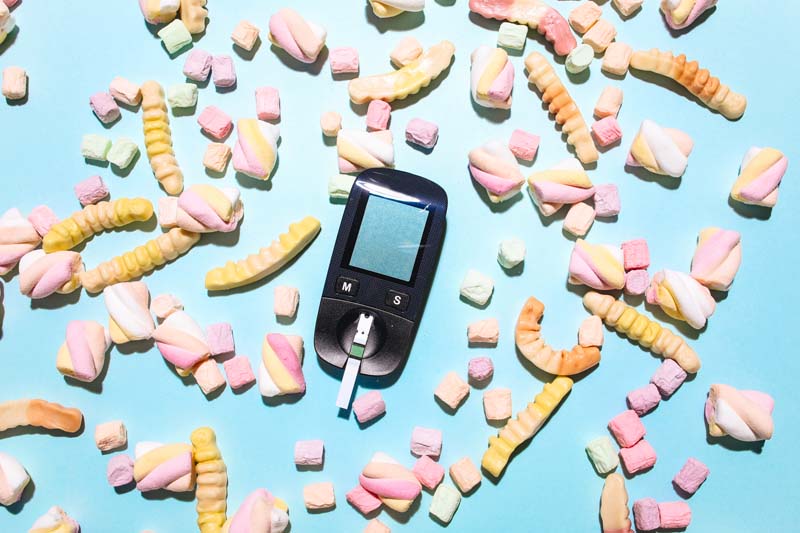The SP 7 acupuncture point located along the Spleen Meridian is a key acupoint for treating type 2 diabetes. Diabetes is one of the most prevalent diseases and is the result of chronically high blood glucose levels. It affects nearly every part of the body, most importantly, nerves, kidneys, and blood vessels. Applying acupressure to the SP 7 and four other vital acupoints could help stabilize your blood sugar and promote better blood flow through blood vessels.
What Is Diabetes?
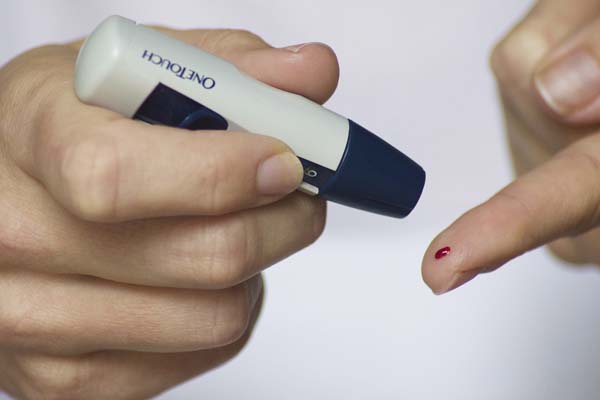
Type 2 Diabetes is a common, chronic disease where cells become resistant to insulin and no longer respond normally. As a result, the pancreas produces more insulin to provoke a response. Insulin regulates the amount of glucose in the blood, but without the proper response, blood sugar will continue to rise and cause severe and long-term health problems.
90-95% of all people with diabetes have type 2 diabetes, and it usually develops in people over the age of 45. Symptoms include excessive urination, thirst, increased hunger, numb or tingling extremities, vision changes, and fatigue.
Western medicine typically treats type 2 diabetes by targeting and regulating blood glucose levels. Treatment involves lowering blood glucose levels through the use of diet, exercise, and medical intervention. Among these medicines, metformin is primarily used to increase glucose uptake by skeletal muscles and increase insulin sensitivity. Sulfonylureas are used secondarily to increase insulin secretion, and insulin is used as a last resort.
Medications used to control type 2 diabetes come with a long list of side effects and possibly life-threatening complications. While they keep your blood sugar levels steady, they can also lead to dangerously low blood sugar, weight gain, trouble breathing, shakiness, dizziness, confusion. They can have harmful interactions with other medications.
Although the western medical view currently dominates type 2 diabetes treatment, traditional Chinese medicine has been treating diabetes for hundreds of years. Both approaches aim to reduce symptoms and prevent complications, but they differ in conceptualizing and treating the disease.
Traditional Chinese Medicine Treating Diabetes

Traditional Chinese medicine views the human body as being balanced with nature that must be maintained and corrects for any disruption in that balance. The Chinese theory of Yin and Yang symbolizes this emphasis on balance, Yin being internal factors, and Yang external. Traditional Chinese medicine is much more individualized than western medicine because it takes a patient’s emotional and psychological responses into consideration.
Chinese medicine has found ways to treat diabetes for hundreds of years, specifically with acupoints. Originally diabetes was known as Xiao-Ke, or wasting and thirsting disease. The more modern term is Tang-niao-bing, or sugar urine illness, which closely fits the diagnosis.
According to traditional Chinese medicine, diabetes is caused by three factors: improper diet, like consuming too many sweet, fatty, and greasy foods; emotional factors like stress, anxiety, and depression, and weakness, lethargy, and fatigue. These are known as Yin deficiencies or internal deficiencies.
Diabetes is classically divided into three types:
- Upper: excessive thirst
- Middle: excessive hunger
- Lower: excessive urination
These classifications are meant to fit the body area that is affected, namely the lungs, stomach, and kidneys. The excessive ‘heat’ produced by food, stress, and fatigue consume the body’s liquids and create excessive thirst and hunger.
Diabetes damages blood vessels throughout the body, and prolonged high blood glucose levels can lead to those vessels’ degeneration. Degenerated blood vessels can cause vascular complications like arteriosclerosis, glomerulosclerosis, and retinopathy. Over time, diabetes can also damage nerves, kidney function, vision, and heart.
Spleen Acupuncture Points
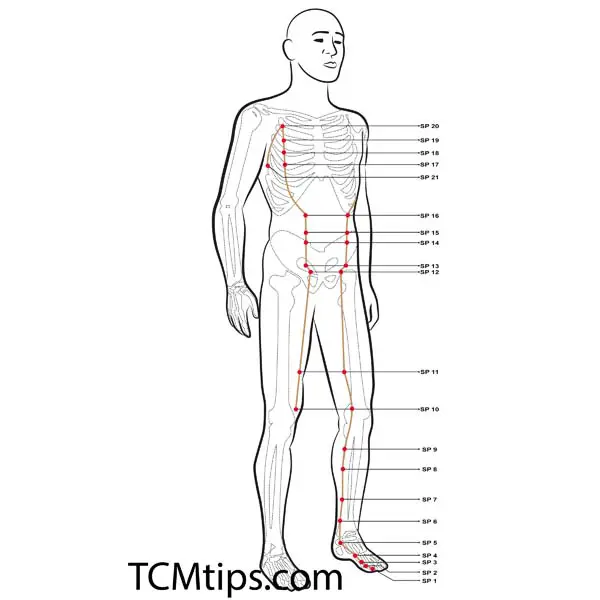
The Spleen Meridian travels from the big toe up the inside of the leg, connects with the spleen, then ends at heart. The spleen is responsible for filtering our blood and transforming and transporting food and liquids throughout our body.
The spleen system includes the pancreas, stomach, digestion, endocrine system, lymphatic system, nervous system, and more. Acupressure for the spleen can improve circulation, digestion, hormonal balance, and more.
The 21 spleen channel acupuncture points are used for treating diabetes, specifically the SP7 acupuncture point, because it targets the spleen, pancreas, endocrine system, and blood vessels.
Acupoint: SP-7 (Other Names: Spleen-7/Lou Gu/Dripping Valley)
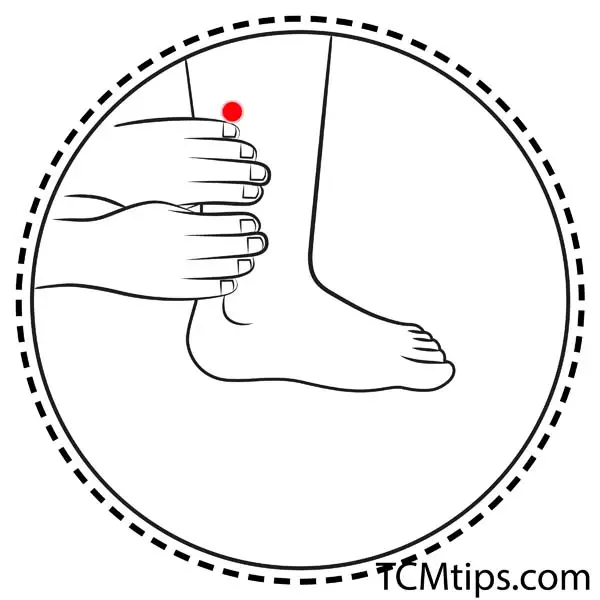
Its function is to harmonize the stomach, reduce swelling, and, more importantly, to regulate and quicken connecting blood vessels. Indications that you should target the SP7 acupoint are abdominal distension, coldness, numbness, and paralysis of the knee and leg.
Diabetes affects the flow and condition of blood vessels throughout the body. A common symptom of diabetes is numbness or tingling in the extremities, including the legs and feet. Therefore, the SP7 acupuncture point is optimal for targeting those vessels and improving flow and function.
Dr. Richard Tan developed a “Balance Method” that incorporates several spleen channel acupuncture points, namely SP 7, with acupoints along the san jiao channel. The purpose of this is to balance the lower-left extremities with the upper left extremities.

4 Other Acupoints To Stabilize Your Blood Sugar
Four other acupoints are recommended for treating diabetes, including LI-4, GV-25, KI-2, and SI-4.
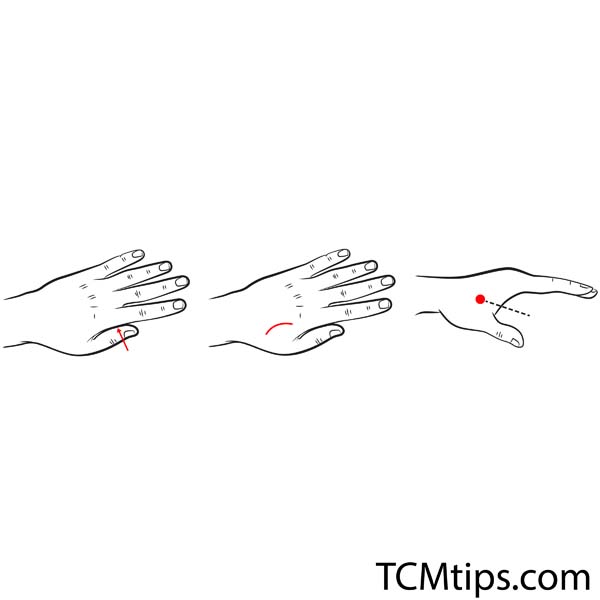
LI-4, or He Gu, is one of the most commonly used acupressure points because it treats a wide variety of ailments, including circulatory problems, discharges lung ‘heat,’ and relieves upper back pain. It’s located on the highest spot of the muscle between the thumb and index finger. It’s part of the large intestine meridian, and when targeted in combination with spleen channel acupuncture points, it can reduce insulin resistance. To use acupressure on LI-4, locate the acupoint, and use a firm, deep pressure to massage the area for 4-5 seconds. Breathe deeply and relax as you massage the area.
Together with pc 9 acupuncture point, they are the favorite acupressure points of many office workers. LI-4 is one of the top 10 acupressure points to relieve body pains & aches.
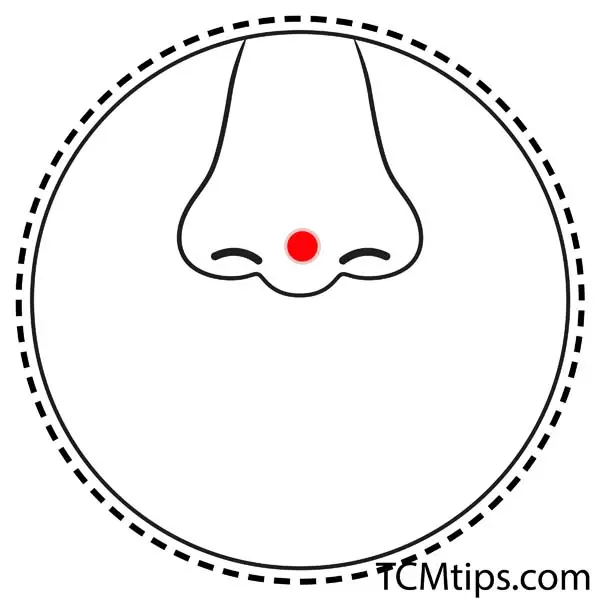
GV-25, or Suliao, is located on the center of the nose’s tip and is part of the governing vessel. This acupoint is beneficial to clearing the senses and draining heat, a common buildup due to diabetes.
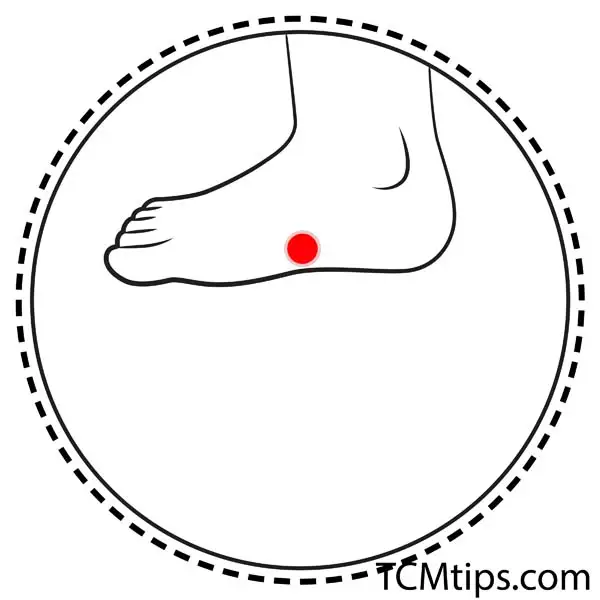
KI-2, or Rangu, is located on the medial side and is part of the kidney meridian. You can identify the acupoint in the depression just below the scaphoid. Indications for this acupoint is thirst, diarrhea, and swelling in the feet, all common symptoms of diabetes symptoms.
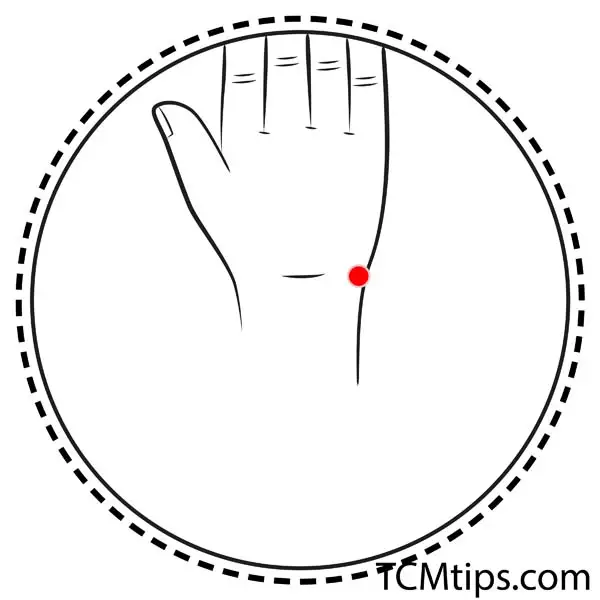
SI-4, or Wan Gu, is located on the outside of the hand near the wrist, at the base of the 5th metacarpal joint (pinky). SI-4 is part of the small intestine meridian and is used for dizziness, ear pain, toothaches, and clear heat from the small intestine channel.
Applying firm pressure (acupressure) to these four points, combined with SP7, can stabilize blood sugar levels and treat diabetes.
Photo by Polina Tankilevitch from Pexels, 五玄土 ORIENTO on Unsplash

Try our Anti-Aging Gua Sha Tool designed to bring out your skin’s natural glow.
Best Gua Sha Product- Anti-Aging: The tool is designed to target 11 specific aging signs such as wrinkles and sagging skin. By following the 7-step routine, users can improve skin firmness and reduce fine lines naturally.
- Enhances Skincare Routine: It works effectively with serums and lotions, boosting absorption and efficacy of skincare products.
- Visible Skin Improvement: Users can expect a smoother complexion, reduced puffiness, and a more youthful appearance.
 P. Sze
P. Sze 